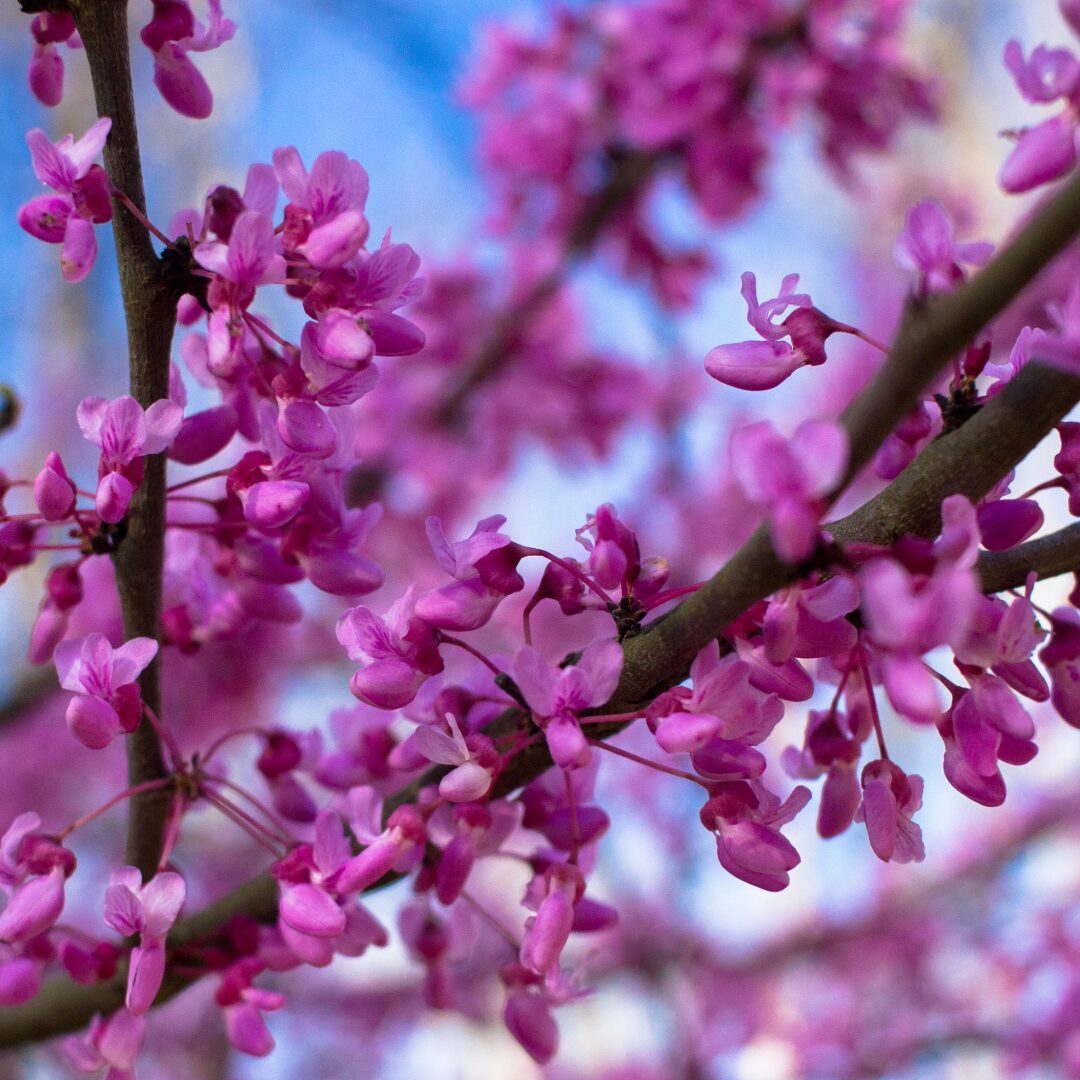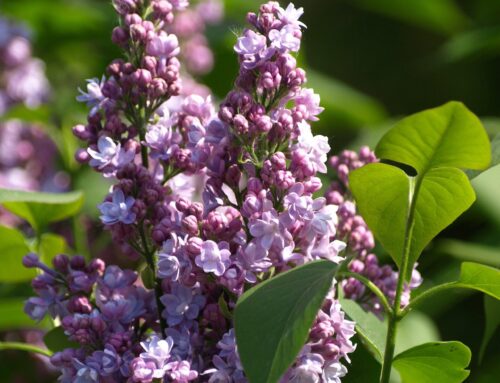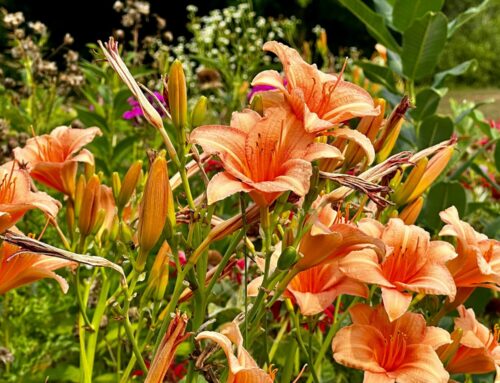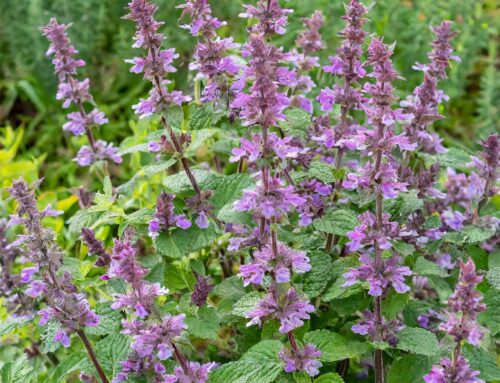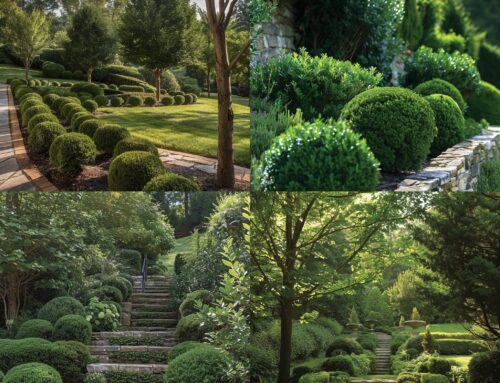As winter’s chill recedes, the first blooms of spring are a welcome sight in the Northeast. Early-blooming trees and shrubs not only signal the end of cold days, but also bring life and color back to our gardens. At GardenUP, we understand the gardeners and nature enthusiasts as they watch and wait for these springtime delights. To help you prepare your garden for the upcoming season, we’ve curated a list of trees and shrubs that are among the first to bloom in the Northeast, ensuring your outdoor space is alive with color and activity as early as possible. Consider these early blooming plants when adding to your home garden!
Forsythia (Forsythia spp.)
The vibrant yellow blossoms of Forsythia are often the first hint that spring has arrived. These hardy shrubs light up the landscape with their bright flowers, which appear before the leaves, creating a stunning display against the still-dormant backdrop. Forsythia thrives in full sun and adapts to various soil types, making it a versatile choice for many gardens.
Witch Hazel (Hamamelis virginiana)
Witch Hazel is a unique addition to any garden, blooming with fragrant yellow to red flowers that curl like ribbons in the late winter to early spring. This plant not only offers visual interest during a season when color is scarce but also attracts early pollinators. Preferring full sun to partial shade, Witch Hazel is adaptable and drought-resistant once established.
Magnolia (Magnolia spp.)
With some species flowering in early spring, Magnolias are a symbol of grace and beauty. The Star Magnolia (Magnolia stellata) and the Saucer Magnolia (Magnolia x soulangeana) are particularly popular, boasting white to pink flowers that appear before the leaves. These trees prefer a sunny spot with well-drained, acidic soil.
Eastern Redbud (Cercis canadensis)
The Eastern Redbud’s pink to purple flowers bloom directly on the branches and trunk in early spring, creating a spectacular display. This native tree is not only beautiful but also supports local wildlife with its nectar-rich flowers and seed pods that feed birds. Redbuds do well in full sun to partial shade and are adaptable to various soil conditions.
Pussy Willow (Salix discolor)
A sign of early spring, Pussy Willow features soft, silvery catkins that appear on the branches before the leaves. These shrubs are particularly striking when planted against a darker background or when the branches are cut and brought indoors. Pussy Willows thrive in full sun to partial shade and prefer moist, well-drained soil.
Growing Tips for Early Bloomers
- Location: Choose a location that meets the light requirements of your chosen plant. While some early bloomers like full sun, others may prefer partial shade.
- Soil: Ensure the soil is well-drained and amend it with organic matter if necessary. Some early bloomers, like Magnolias, prefer acidic soil.
- Watering: Keep the soil consistently moist, especially during the first few growing seasons, to help establish a strong root system.
- Pruning: Prune after flowering to maintain shape and remove any dead or diseased wood, without sacrificing next year’s blooms.
Embrace the Early Signs of Spring
Incorporating early-blooming trees and shrubs into your garden ensures that you’ll have a vibrant and lively outdoor space as soon as the season begins to change. Not only do these plants add color and texture to the landscape, but they also provide crucial support for pollinators emerging from their winter habitats. By choosing some of these early bloomers, you can create a garden that serves as a harbinger of spring, bringing joy and life back to your corner of the Northeast.
Let gardenUP help you bring your early spring garden to life with these beautiful and resilient plants. Happy gardening, and here’s to a colorful and lively spring ahead!

